Yes, we know. It’s a strange name for a tea -- but there’s a good reason for it and many reasons to love it. If you’ve ever wondered about this tea with the odd moniker, here’s your chance to learn all about Gunpowder tea.
When my grandfather John Harney started this company nearly 40 years ago, he only carried two green teas from China: Chun Mee and Gunpowder. When my dad, Mike Harney, tells tea brokers in China that we sell Gunpowder in the U.S., he reports that they usually laugh. They assume that this charred green tea only makes its way to North Africa and the Middle East. That’s because for centuries, Gunpowder tea has been the base for traditional Moroccan mint tea; the addition of mint and plenty of sugar pair well with the strong, charred flavors of Gunpowder. But it’s not a flavor that is typically sought after here in the West -- thus the surprised laughter. Fans of Gunpowder tea aren’t laughing, however. They’re just smiling.

What Is Gunpowder Tea?
Unlike many of the finest teas, Gunpowder is not a spring tea (see Mike Harney Spills the Tea “Tea Seasons” blog to fully understand what that means). Because Gunpowder tea gets all its flavor from its processing methods, the tea does not require leaves with much inherent strength. It is made from tougher and less tender later-season leaves, foliage that has grown almost twice as long as the leaves plucked earlier in the spring.
Gunpowder is produced almost entirely for export. For many years, one of the only green teas available in the U.S., it has been produced for more than 200 years near coastal trading ports like Ningbo and its ancestral home of the Zhejiang province. Today, the tea is made in most provinces of China. Indeed, after the Qing Ming (spring) harvest, many tea farmers turn the rest of the year’s new leaves into Gunpowder. As a result, there are many styles and many quality levels. The worst Gunpowder is bright yellow and acrid with smoky flavors; the best has charred but assuredly green, vegetal flavors.

How Is It Made, and Why Is It Called Gunpowder?
To make Gunpowder, the leaves are fixed and then fired for an extended period in a hot oven until they become shiny and slightly burnt. They are tumbled in a metal drum that’s a lot like an industrial clothes dryer -- maybe some of you have had the experience of overdrying your clothes in a commercial laundromat dryer, so you understand what we mean when we say “firing.” The tumbler used to make Gunpowder tea is set on an angle so the leaf is tossed around in a figure-eight configuration. The potbelly shape of the tumbler along with the ‘round-and-round’ tumbling motion creates a finished tea that has a pellet-like shape -- which is where the name “gunpowder” came from. The tumbled tea looked like the pellets soldiers once used as musket shot, or like a BB for those of you not familiar with muskets. They vary in size from very small pellets to the size of a pea. The smaller sizes indicate the younger, more tender leaves were likely used, and that the firing process was calculated to produce an “imperial grade” size and shape of tea.
Gunpowder is among the most stable teas for transport, ideal for export in the age before vacuum packaging and airplanes. Unlike delicate, lightly fired Qing Ming teas, which lose their flavors quickly if not sealed, this tea arrived in good condition even after a year’s sailboat journey from China to Great Britain. If the tea held any defects, its intensely smoky aromas usually covered them up. If only humans were so lucky.
Let’s Brew Up Some Gunpowder!
If there’s one thing to love about tea the most -- and it’s so hard to pick! -- it’s the depth and breadth of the kinds of teas that abound. From sweet and fruity to earthy and robust to smokey and vegetal and all flavors/aromas in between, there’s something for everyone. If you haven’t tried Gunpowder, we offer a few options.
Organic Gunpowder. Your classic Gunpowder tea. Try it alone for the full flavor experience or as a base for a classic Moroccan mint tea. Or...
Moroccan Mint. We’ve already added the mint for you. Just add sugar to your taste.
Organic Green Tea with Organic Peppermint. An organic version of our Moroccan Mint tea.
Lemony Gunpowder. We’ve paired the charred, robust flavor of our Gunpowder green tea with bright lemon flavors that make for a wonderful brew, great for a morning wake-up call. We love the sharp, robust flavors of this tea so much, a couple of years ago we came up with another use for it: making Lemony Gunpowder Butter! We get downright giddy thinking about this melted on a warm ear of corn or tossed in pasta. If you’re feeling like having a new culinary experience, knock yourself out!

Lemony Gunpowder Butter
Directions:
- Let unsalted butter sit at room temperature until very soft.
- Mix the butter with our Lemony Gunpowder tea leaves (either whole or ground, your choice; ground tea will change the color of the butter, while leaves will give it a more artsy look).
- Shape the butter into a log and cover in plastic wrap, or place in a dish and cover.
- Store in the fridge to firm back up, or keep it soft and slather it on something slather-worthy.


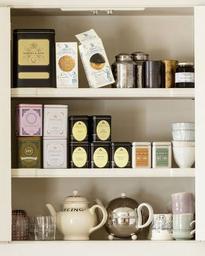
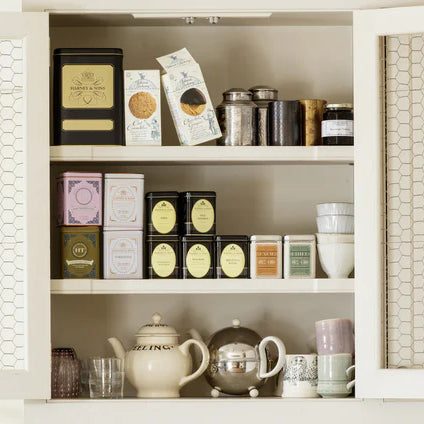
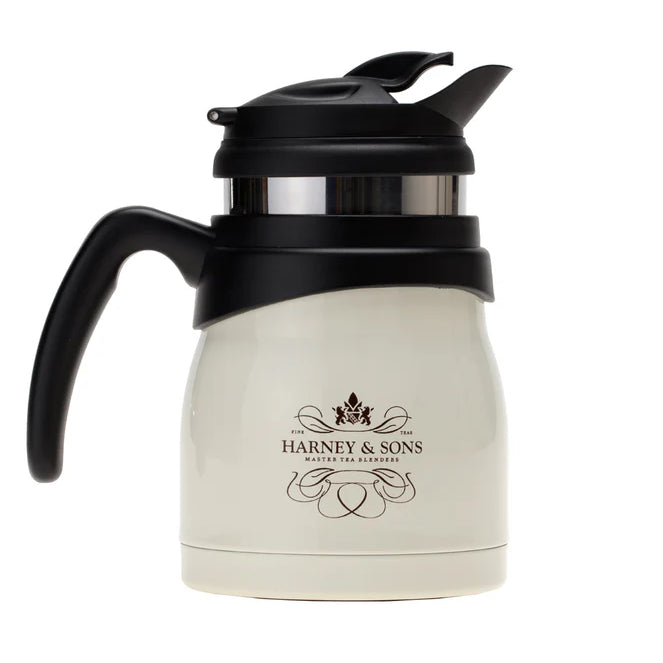
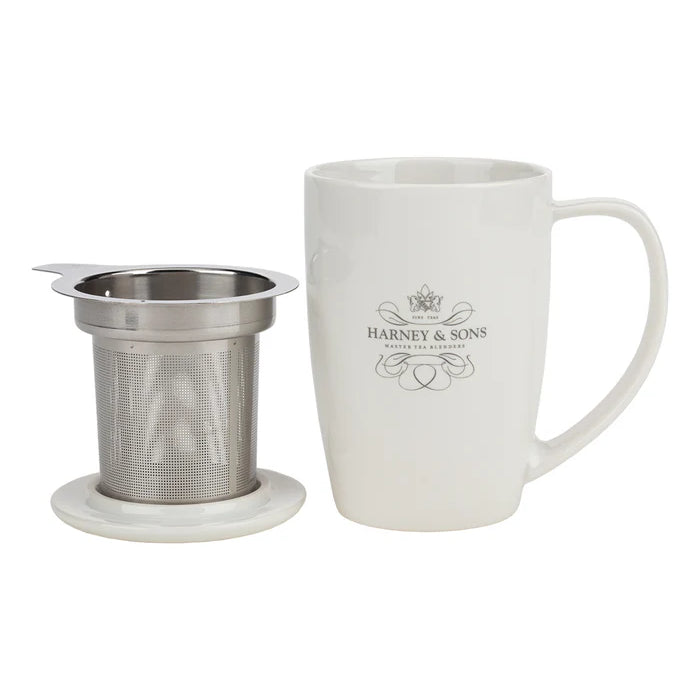
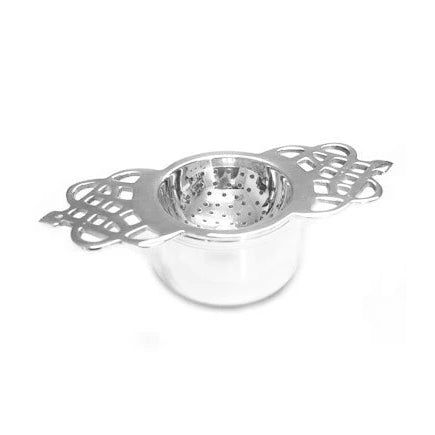
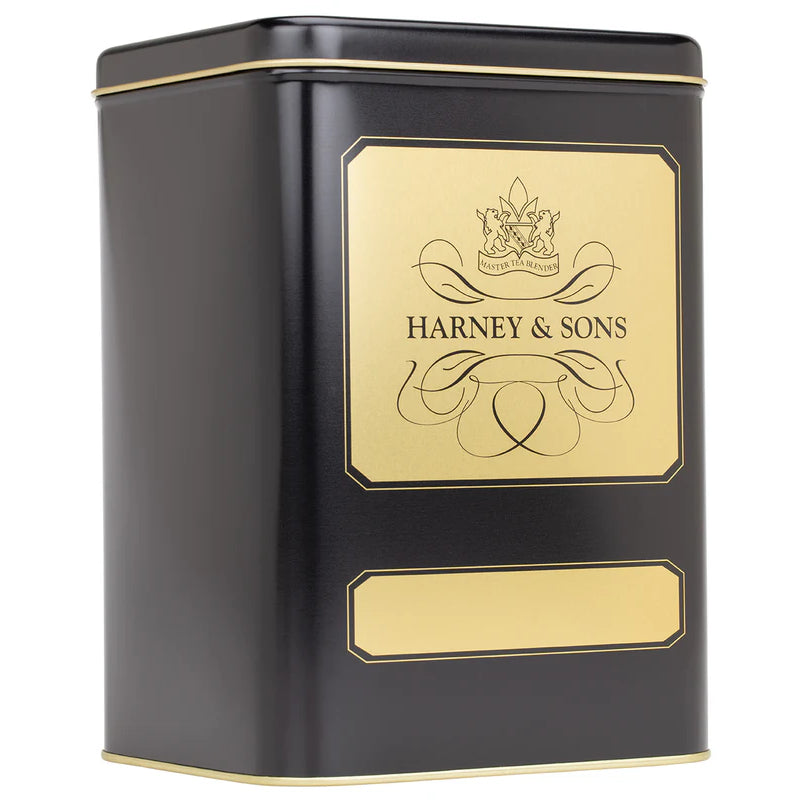
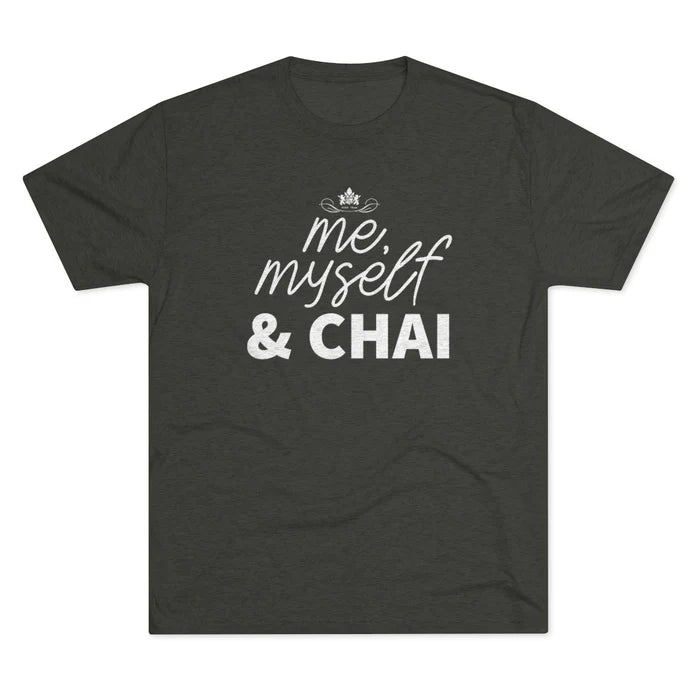
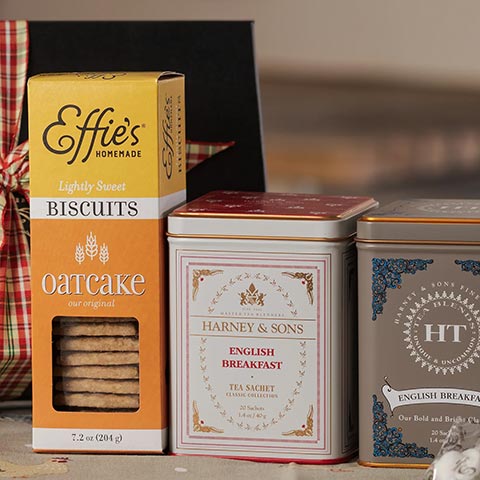
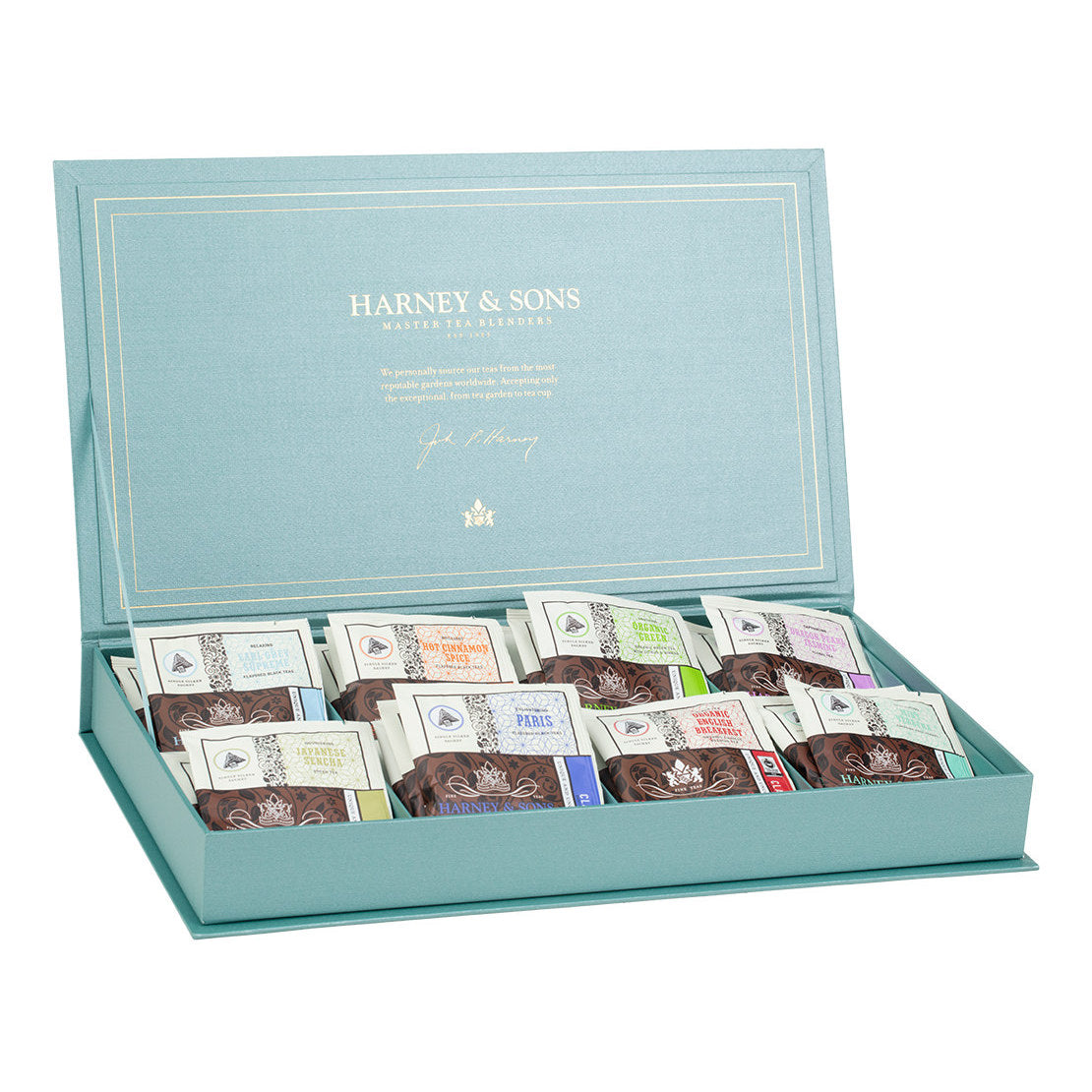
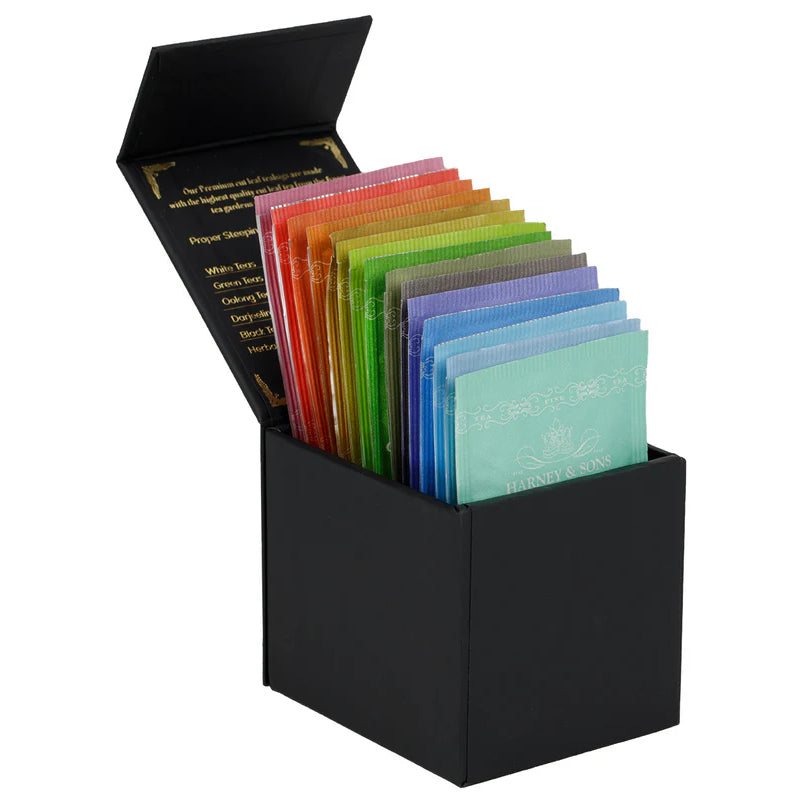

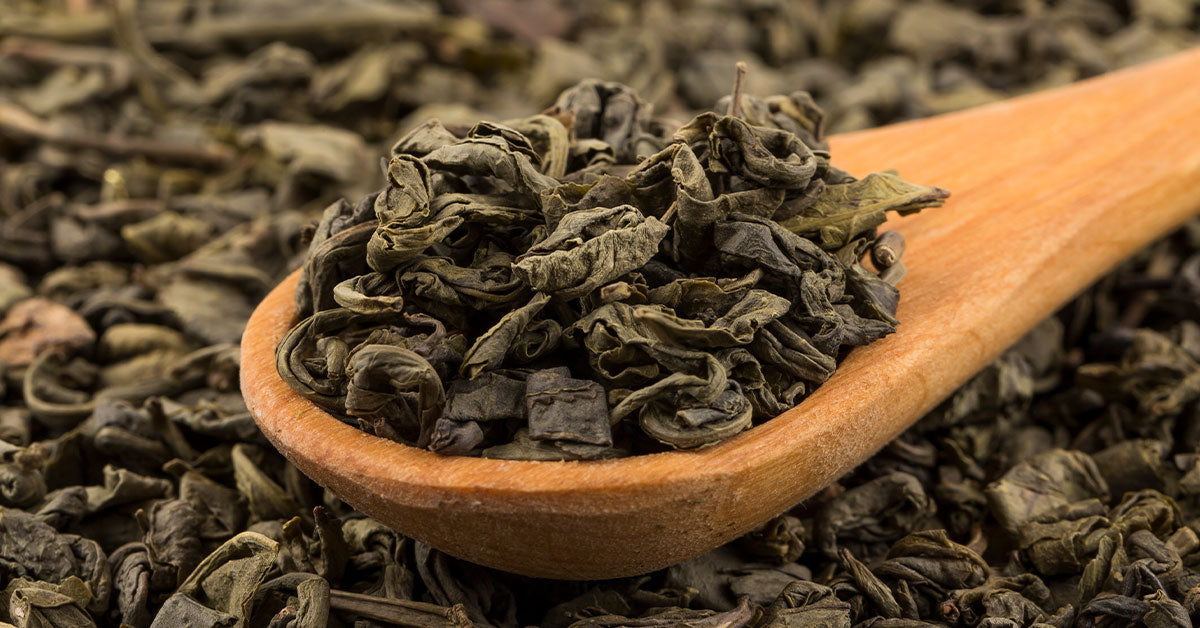
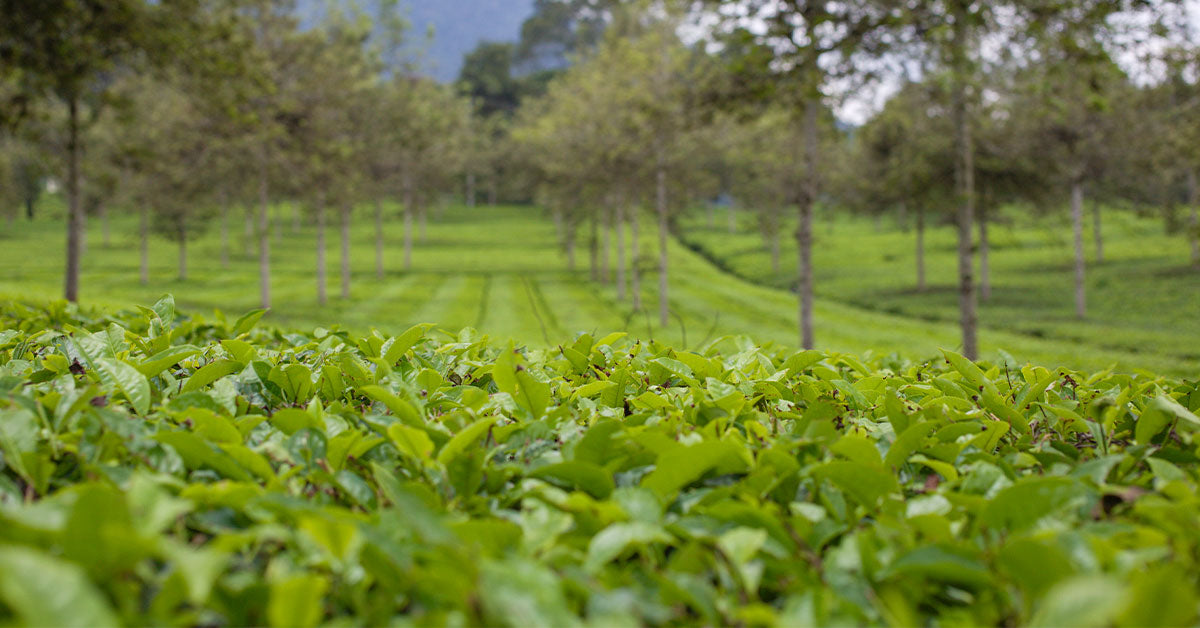
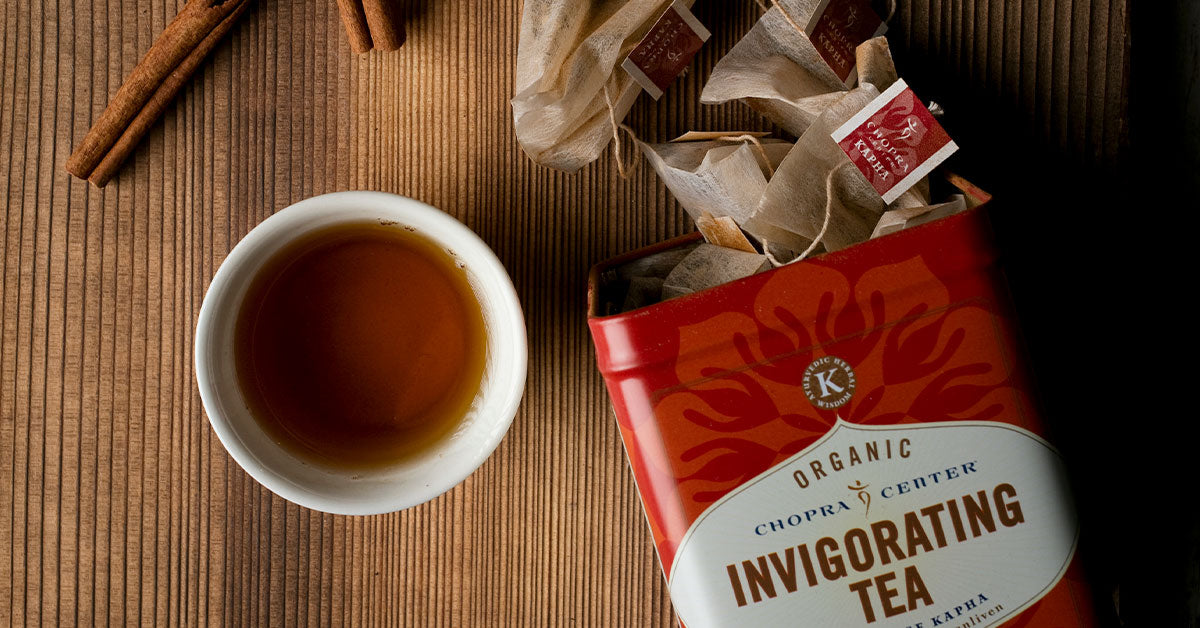
1 comment
wesley ballard
Wonderful!!!
Wonderful!!!